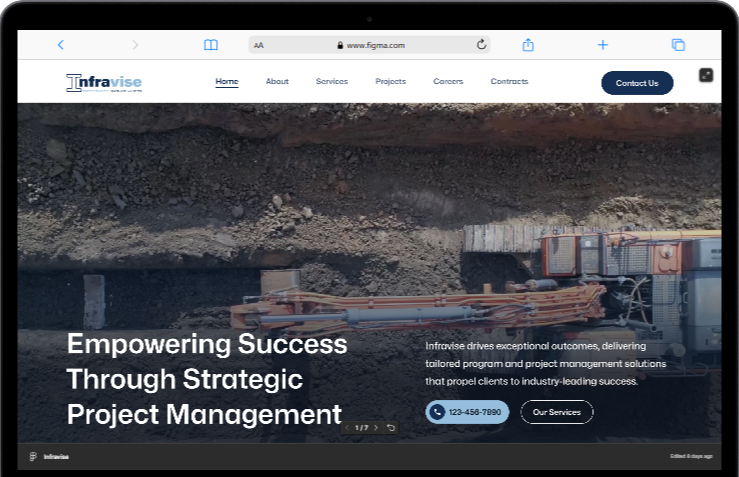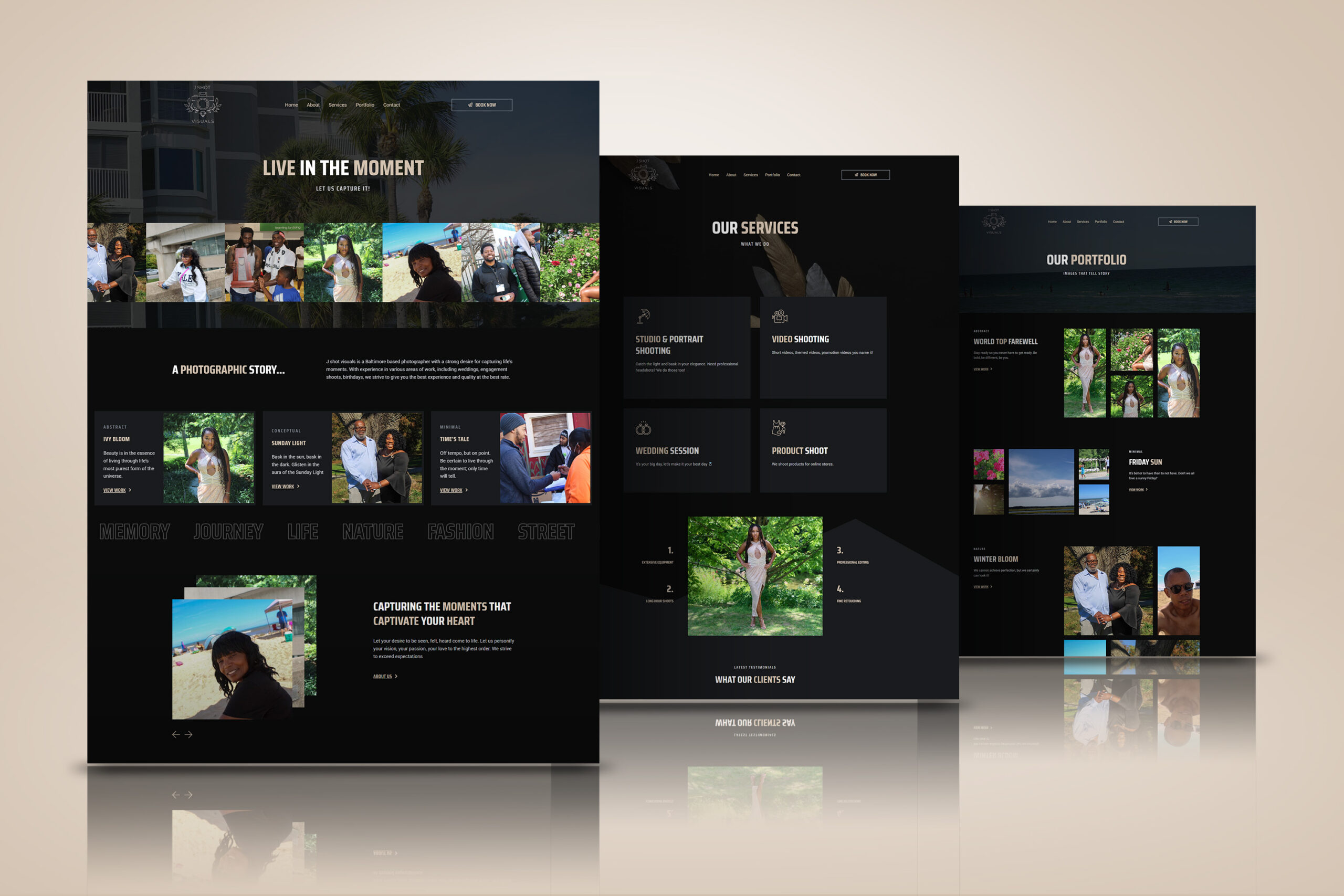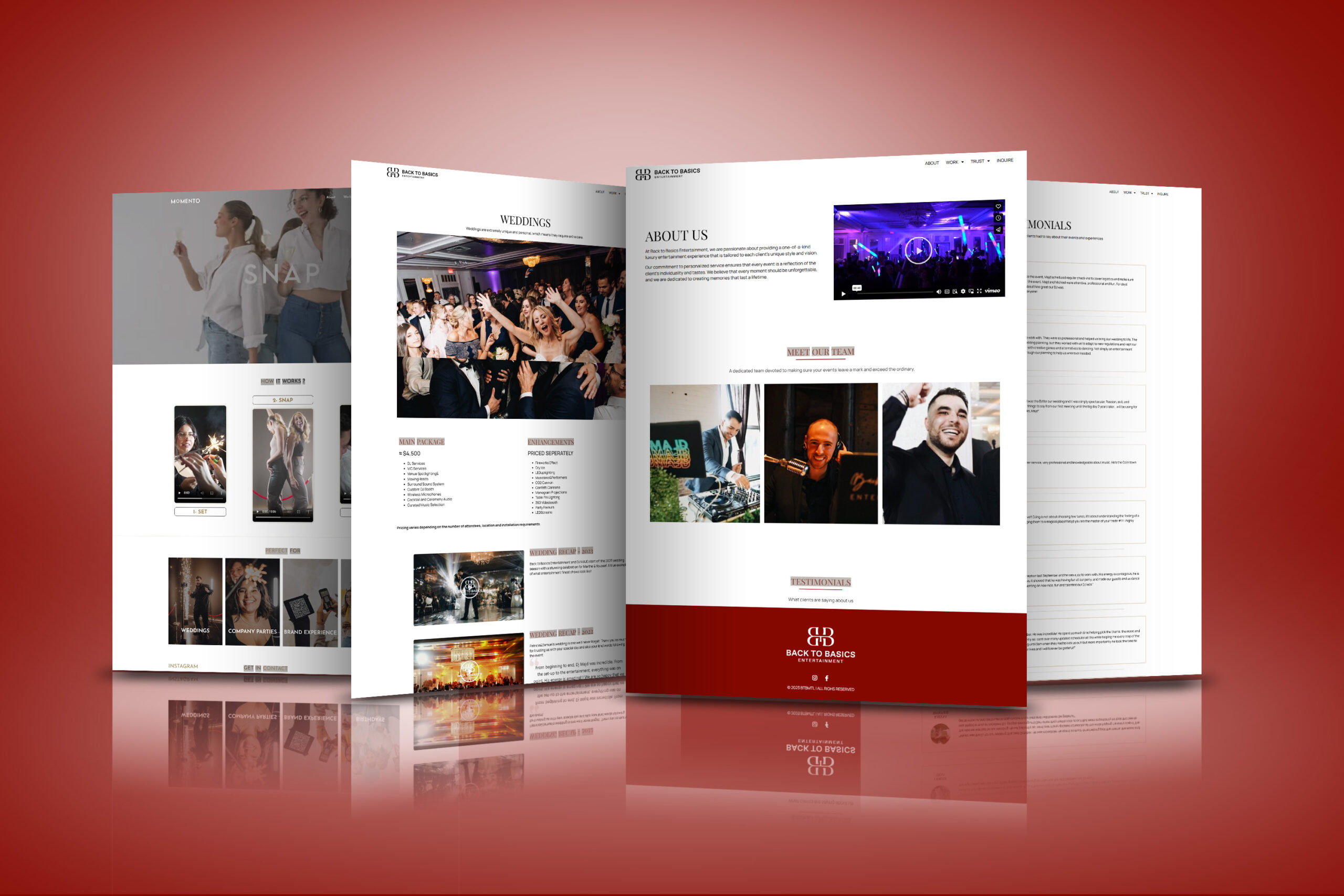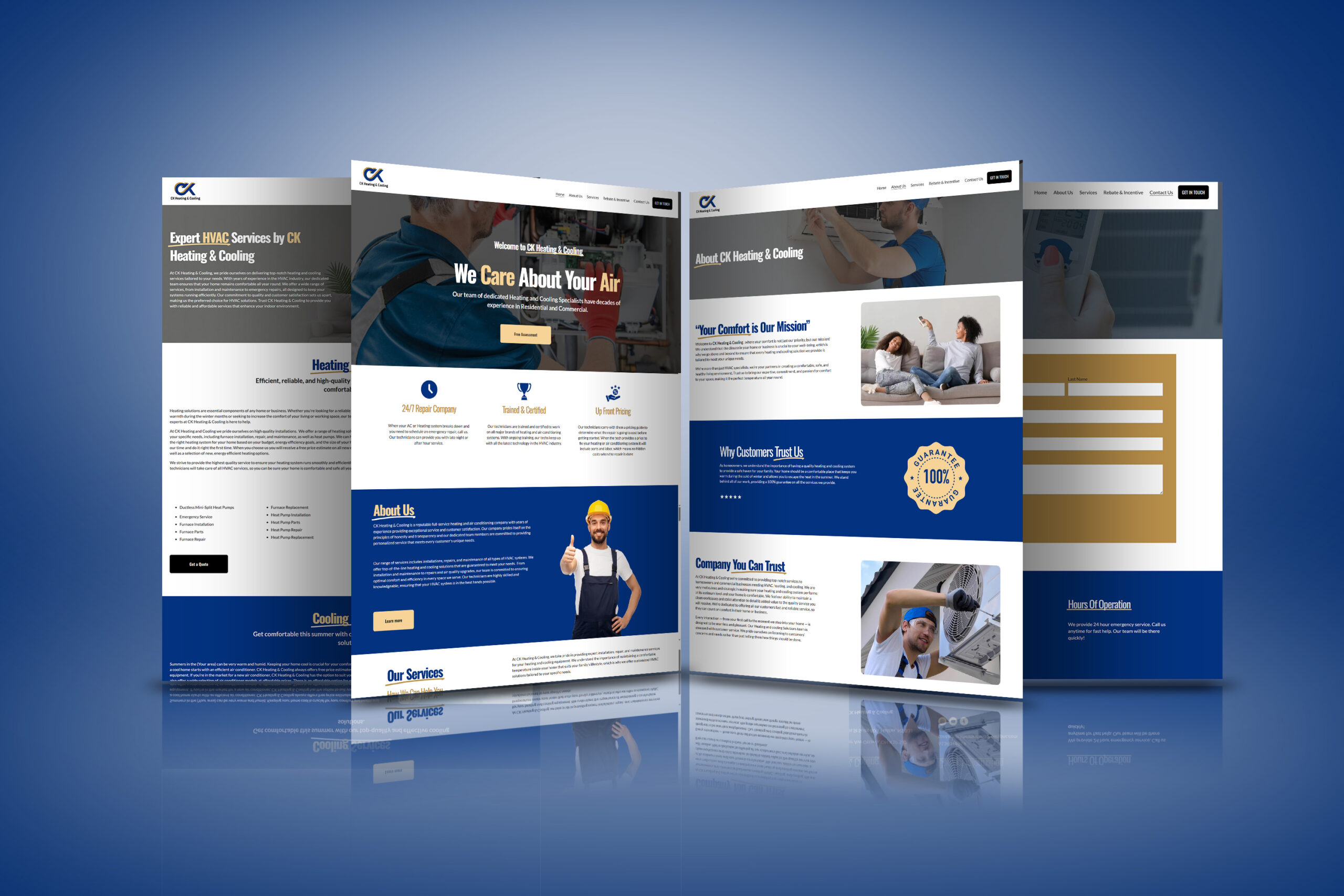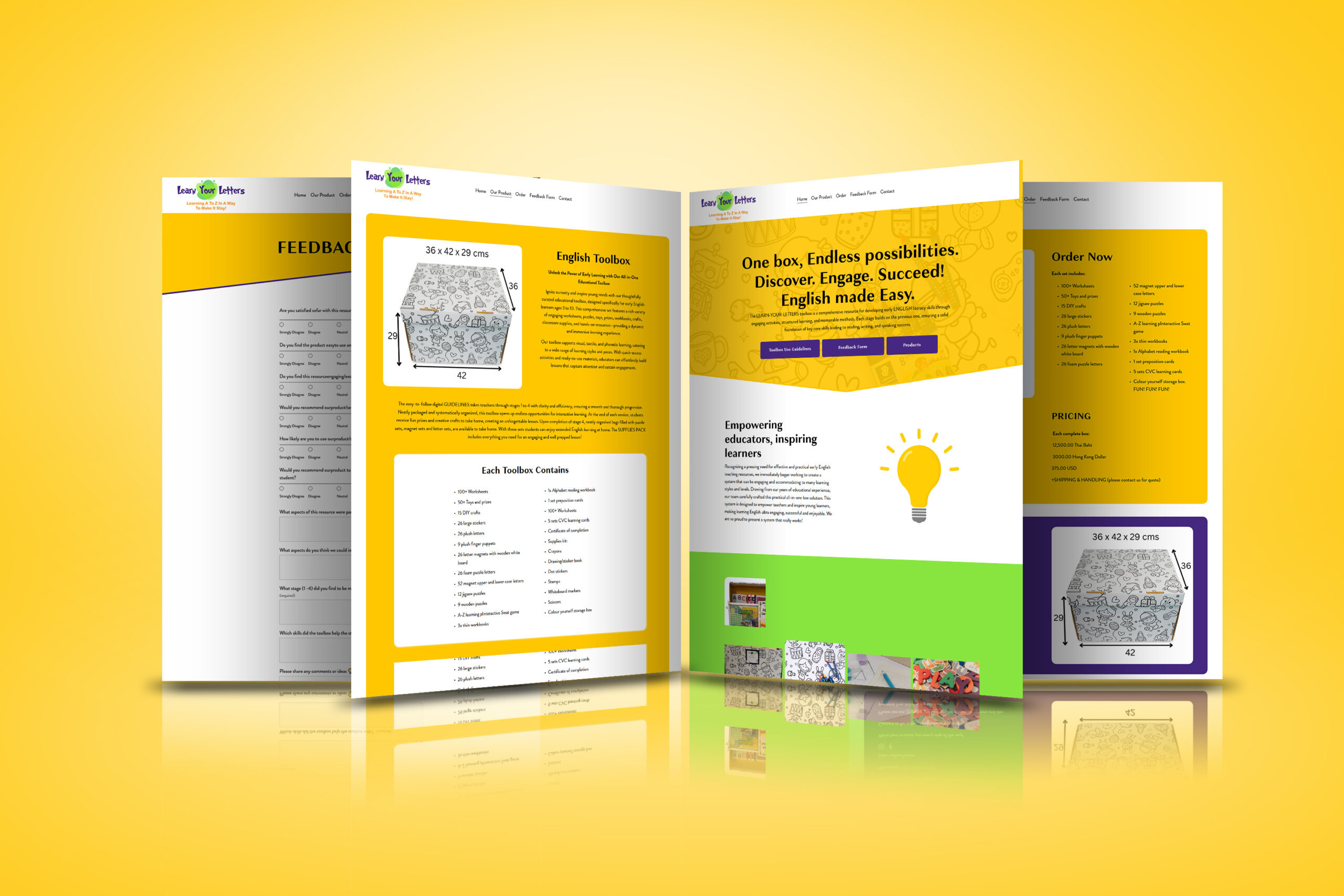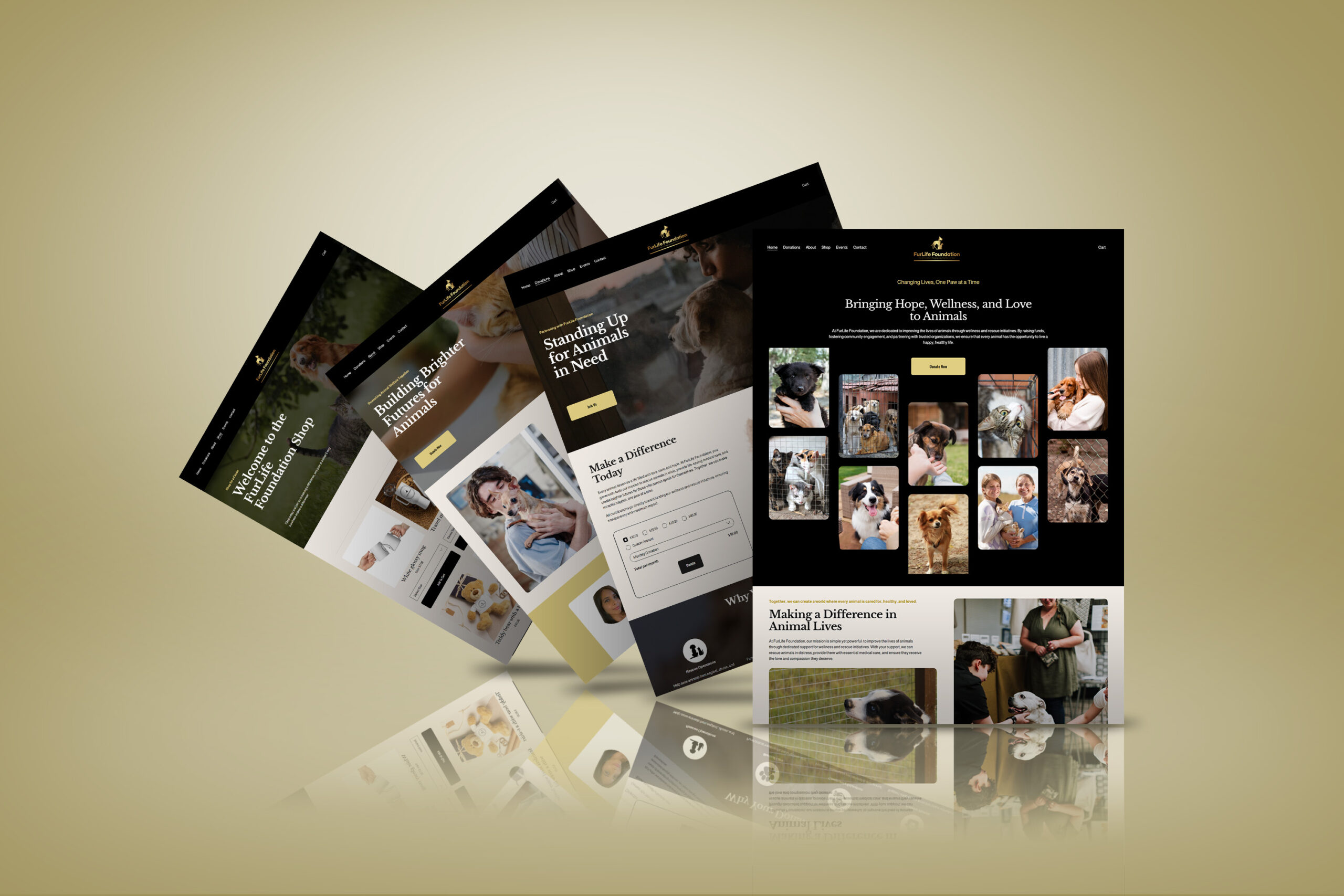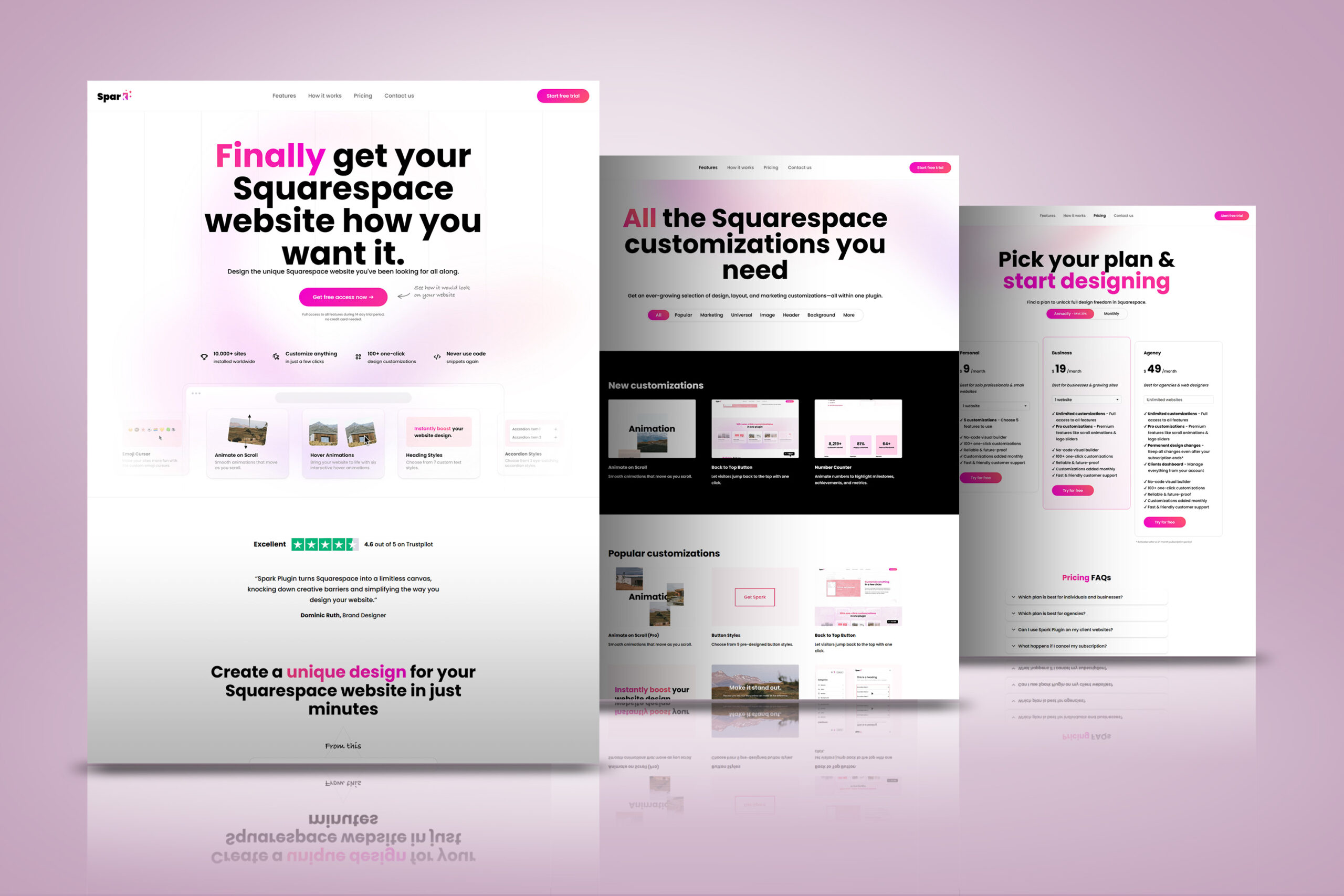Introduction
The Internet of Things (IoT) is no longer a niche trend—it’s transforming how people interact with their environments, devices, and yes, even content. As smart homes, wearables, and connected vehicles become mainstream, CMS platforms are adapting to deliver content to a vast array of IoT devices in real-time.
In 2025, the line between websites and smart environments is fading. This post explores how CMS systems integrate with IoT, what use cases are emerging, and how developers and content creators can prepare for the connected content future.
1. What is IoT in the Context of CMS?
IoT (Internet of Things) refers to the network of physical objects embedded with sensors, software, and connectivity that allow them to collect and exchange data. When integrated with a CMS, content becomes actionable, contextual, and personalized in smart environments.
🔹 CMS + IoT Use Cases:
- Voice-controlled blog playback on smart speakers
- Displaying dashboard content on smart fridges or mirrors
- Real-time updates to wearable displays
- Triggering CMS workflows based on device activity (e.g., motion sensors, temperature)
2. CMS Platforms That Support IoT Integration
🧠 Headless CMS (Strapi, Contentful, Sanity)
- API-first design enables seamless delivery to connected devices
- GraphQL or REST endpoints can be consumed by embedded systems
🧱 WordPress
- REST API allows integration with IoT services like AWS IoT, MQTT brokers, or Firebase
- Custom plugins or webhook connectors for device-based events
🧩 Drupal
- Webhooks and modules for machine-to-machine communication
- JSON\:API or custom APIs for IoT triggers
3. IoT + CMS Real-World Applications
🏠 Smart Homes
- Content triggers for smart displays (Nest Hub, Echo Show)
- Update recipe instructions or media slideshows via CMS
🚗 Automotive Infotainment
- Deliver blog, news, or podcast content through CMS APIs
- CMS controls content display on in-car screens
⌚ Wearables
- Push personalized alerts or educational content to smartwatches or AR glasses
📦 Logistics & Retail
- Warehouse sensors trigger updates in CMS (inventory notifications)
- Smart shelves auto-display offers from CMS based on product movement
🏥 Healthcare
- IoT patient monitors send data to CMS, triggering personalized advice or education
- CMS-integrated wearables for health tracking dashboards
4. Technical Architecture Overview
✅ Step 1: Use a Headless CMS
Choose a CMS with webhook support and real-time API capabilities.
✅ Step 2: Choose IoT Platform / Middleware
Popular platforms:
- AWS IoT Core
- Azure IoT Hub
- Google Cloud IoT
- MQTT brokers (Mosquitto)
✅ Step 3: Connect Devices to CMS APIs
- Use lightweight protocols (MQTT, CoAP)
- Use Lambda or serverless functions to bridge devices and CMS
✅ Step 4: Manage Content Rules
- Use CMS to create logic for what content is shown based on:
- Time of day
- Device location
- Sensor input
✅ Step 5: Secure the Data
- Always use token-based auth and HTTPS
- Validate payloads and sanitize input from IoT devices
5. CMS Plugins & Tools for IoT
| Tool/Service | Use | CMS Support |
|---|---|---|
| WP Webhooks | WordPress integration with external triggers | WordPress |
| Node-RED | Visual logic flow builder for IoT + CMS | Headless, WordPress |
| Firebase | IoT backend & notification engine | Any CMS with API |
| AWS Lambda | Serverless trigger engine | API-based CMS |
| Mosquitto MQTT | Lightweight IoT communication | CMS API bridge |
6. Challenges of IoT-CMS Integration
⚠️ Device Diversity
- Multiple device types and protocols require abstracted logic
- Testing across devices is complex
⚠️ Content Formatting
- Screens vary in size, shape, interaction mode
- Voice-based devices need different delivery formats (e.g., text-to-speech)
⚠️ Real-Time Expectations
- Latency and uptime must be optimized
- Consider caching, edge delivery, and fallback content
⚠️ Security
- Device spoofing, insecure endpoints, and open ports are common threats
- Strict authentication, encryption, and logging are essential
7. The Future of CMS + IoT (2025 and Beyond)
🔮 Voice-First Publishing – CMSs will publish content optimized for Alexa, Siri, and Google Assistant
🔮 Edge-Aware CMS Logic – Content decisions will happen at the device or network edge
🔮 Multimodal Interfaces – Content will be displayed across surfaces: watch, car, glasses, fridge, phone—all from one CMS
🔮 AI-Powered Triggers – CMSs will react to predictive patterns from IoT data streams (e.g., recommending content based on behavior)
Final Thoughts
CMS + IoT integration is a glimpse into the connected future of content. As smart environments expand, CMS platforms will evolve from static delivery systems into dynamic engines that respond to real-world signals.
For developers and businesses, now is the time to design CMS strategies that reach beyond screens—and connect to lives.



